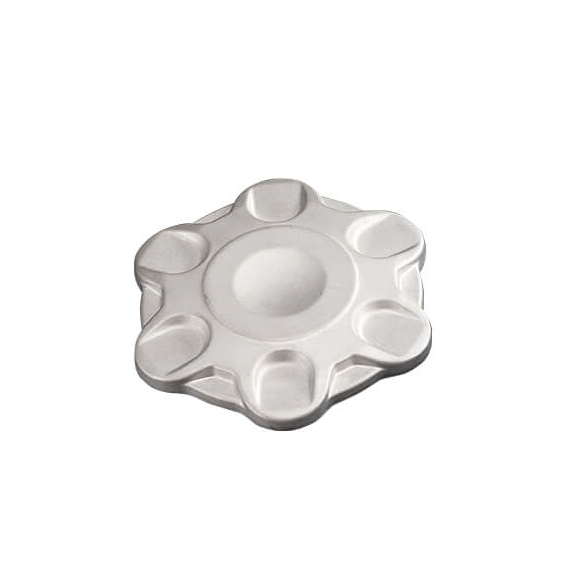Precision Aluminum Forgings | Custom Aluminum Alloy Forgings
Aluminum forgings refer to parts that use forging processes to process aluminum alloy materials into various shapes. Forging is a processing method that applies pressure to metal materials to cause plastic deformation under the action of force. Through reasonable process parameters and process control, high-quality, high-precision aluminum forgings can be produced.

Features of aluminum forging products
● Lightweight and high-strength: It has low density but high strength, and is an excellent lightweight structural material.
● Good corrosion resistance: good corrosion resistance, can form a dense oxide film in the atmosphere, so as to effectively prevent further corrosion.
● Good processing performance: good plasticity and forgeability, can be processed into parts of various complex shapes through forging technology, and easy to carry out subsequent processing and surface treatment.
● Good sealing performance: high material density, good surface quality, and high sealing performance, which can meet some working environments that require sealing performance.
● Good fatigue resistance: good fatigue resistance, can maintain high strength and stability under long-term use and repeated loads.
Application range of aluminum forgings
Aluminum alloy forgings are used in aviation, automobiles and motorcycles, ships, machinery manufacturing, transportation machinery and other industrial sectors with a high degree of light weight, as well as electronic communications, household appliances, cultural and sports equipment, hardware bathrooms, among which, automobiles and motorcycles are aluminum forging The largest consumption field of components and the industry with the most development prospects. However, the number of industries employing aluminum forgings is growing rapidly.
The aerospace industry, the largest consumer of aluminum forgings after automobiles, is growing even faster, especially as drones and other flying robots enter the market. The marine industry is also increasingly using aluminum products, and most parts for ships and boats are forged.

Forging process of aluminum forgings
● Material preparation: choose the appropriate aluminum alloy material, and carry out the melting of the material and the preparation of the ingot. The choice of aluminum alloy should take into account the requirements of the parts and the use environment, including strength, corrosion resistance, machinability, etc.
● Mold Design: According to the shape and size of the part, design a suitable mold. Dies are designed to take into account the forgeability of the part, material flow and filling, and subsequent machining and surface treatment processes.
● Heating and preheating: Heating the aluminum alloy material to an appropriate temperature range to improve its plasticity and forgeability. The purpose of preheating is to heat the material evenly, eliminate internal stress, and reduce the occurrence of cracks and deformation.
● Forging: Put the preheated aluminum alloy material into the mold and apply pressure for forging. Forging can be done by cold forging, hot forging or semi-hot forging, depending on the type and shape of the material. Through forging, the aluminum alloy material is plastically deformed into parts of the desired shape.
● Annealing: After forging, aluminum forgings may have residual stress and deformation, and annealing treatment is required. By heating and controlling the cooling rate, the structure and performance of the parts are restored and stabilized.
● Machining and surface treatment: According to the requirements of the parts, carry out necessary machining (such as milling, turning, drilling, etc.) and surface treatment (such as polishing, spraying, anodizing, etc.) to achieve the final size, shape and surface quality.











